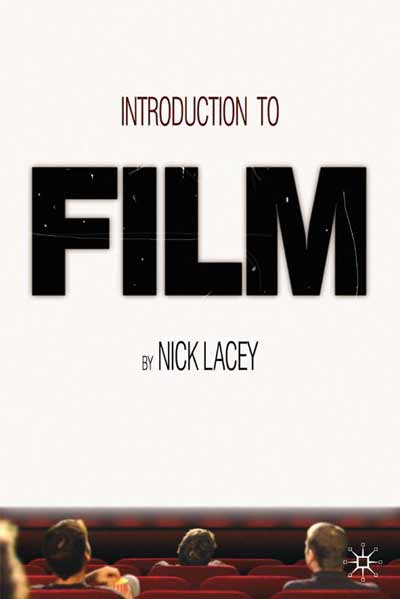The Super Hero Film
We have explored the princess archetype in Pan’s Labyrinth now we are going to explore another archetype, the (Super) Hero. We are going to analyse the genre and the narrative. We are also going to try and understand how the social, political, historical contexts echo and resonate in that film. First off, we need to understand the genre…
TASK
Complete a generic analysis of Batman, The Dark Knight.
Sound easy? Well it is! Genre analysis in three simple steps….and, here, we go…..
1 Define the corpus.
That is, agree on a group of films, which you think are ‘pure’ example of the genre. So in this instance think of three Superhero movies (not including Batman) which are completely and unarguably within the genre (so no Deadpool, Guardians, Watchmen…(all too Postmodern and up themselves)). I’m talking Superman, Spiderman, The Hulk, Wonder Woman…
2 Decide what features of those films are generic convention.

- That means agreeing some ball park rules or a blueprint. A theorist Nick Lacey gave these broad topics to focus your discussion.
Use this document:
3 Analyse the text (The Dark Knight)
Once you’ve agreed the blueprint, you need to consider how far our set text, Batman, The Dark Knight, is similar and/or different compared to those guiding principles, those repertoire of elements that constitutes the genre.
So, after all that, the question is…
‘How far does Batman the Dark Knight use, develop and challenge the conventions of the Superhero film genre?’
Reflective Journal
- Embed the class document on the Repertoire of Elements
- Bullet-point 3-5 conventional features of DK
- Bullet-point 3-5 features of the DK that challenge or subvert generic conventions

